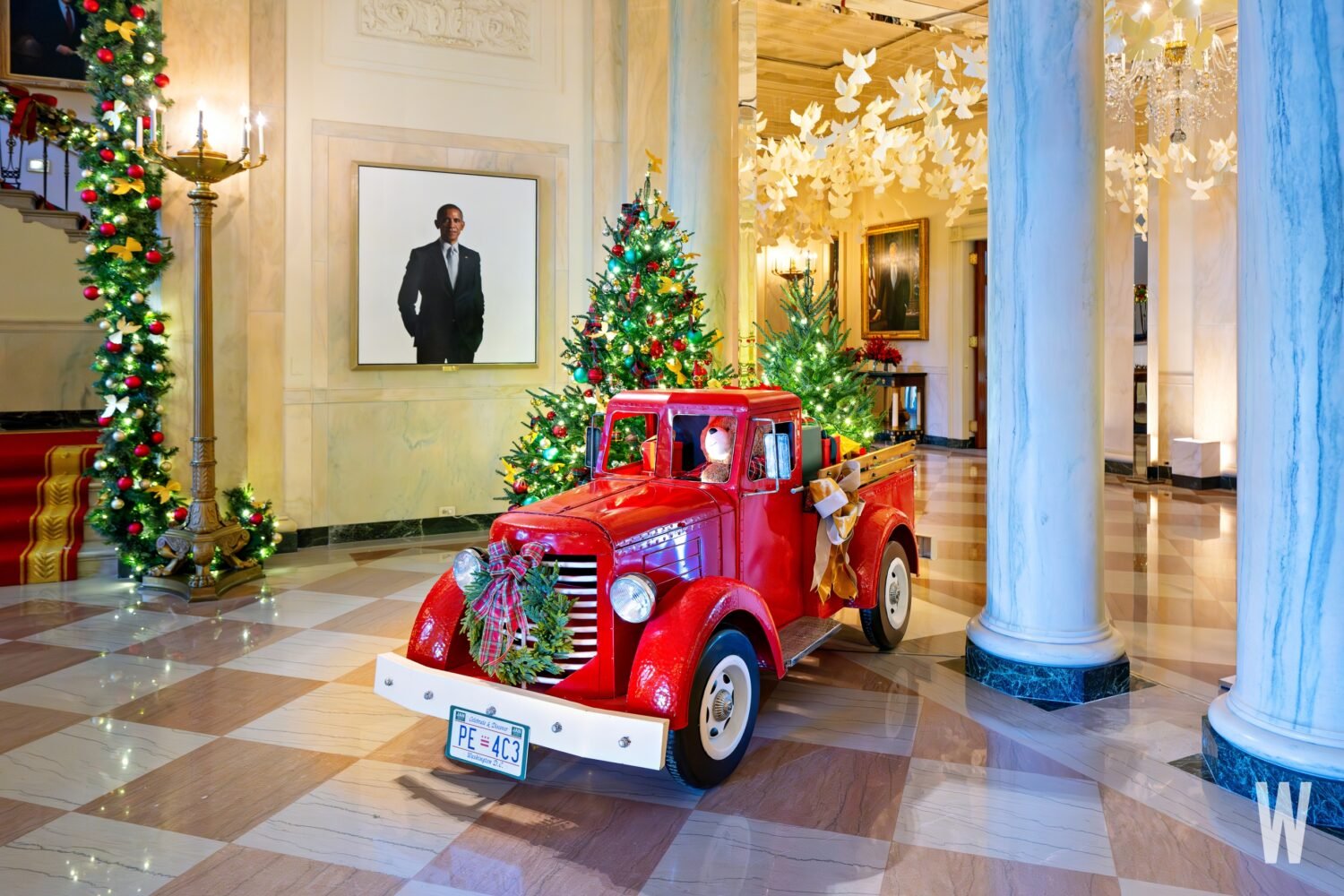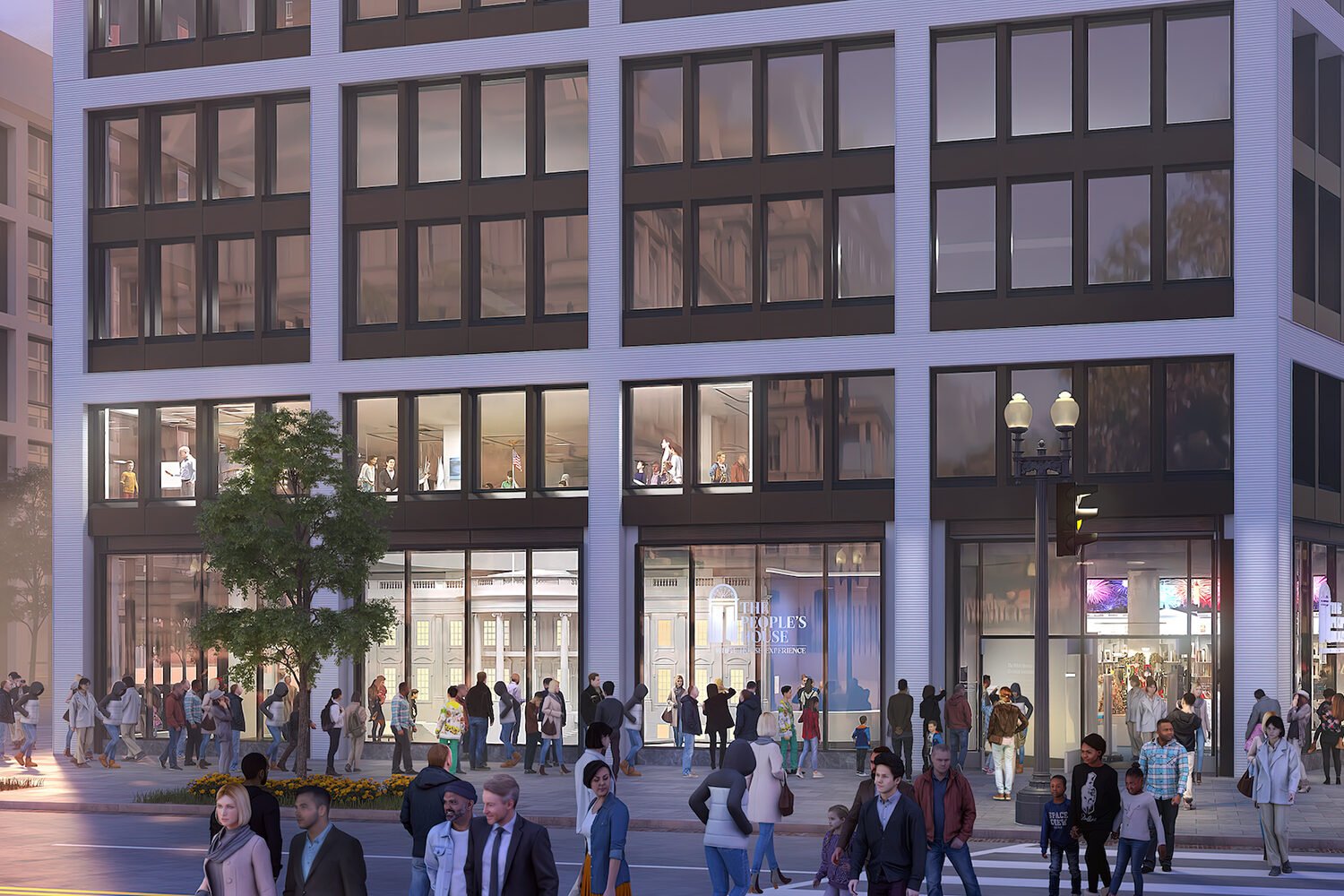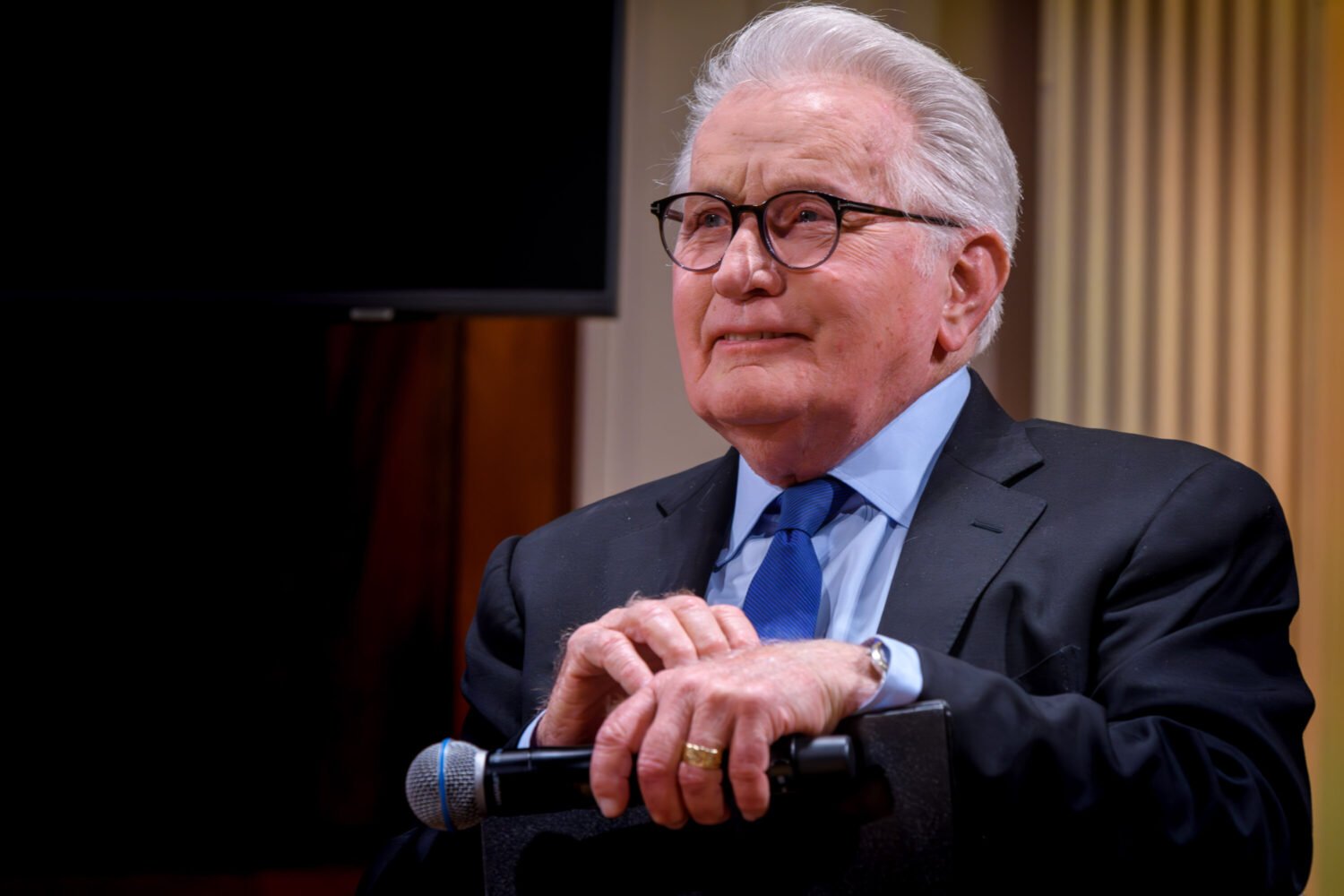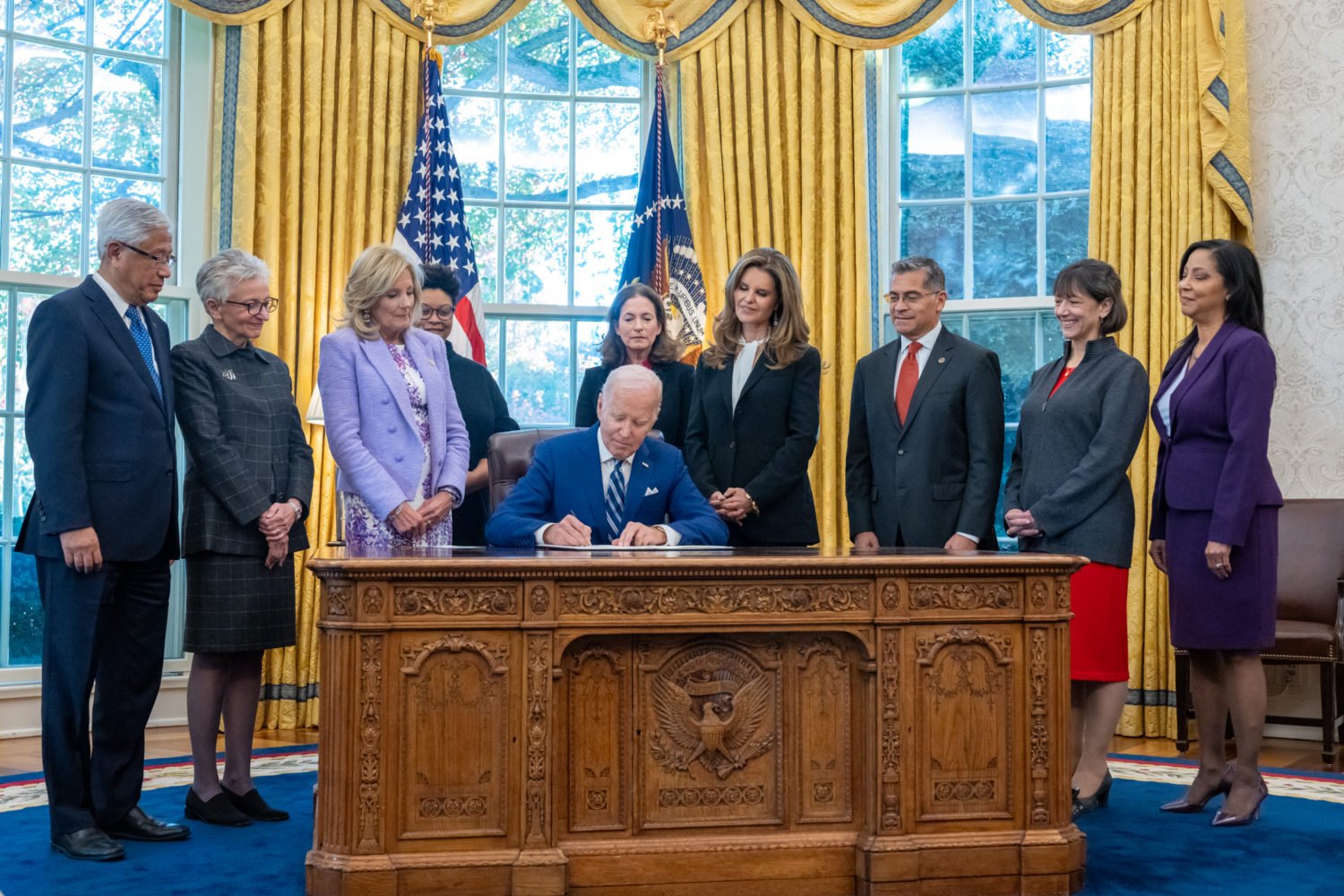When I first started writing about Barack Obama’s possible presidential run nearly two years ago, it seemed a long and difficult road to the Democratic nomination. A few weeks later when I followed him on his first trip to Iowa for the 2006 Harken Steak Fry, it wasn’t even a sure thing that the freshman senator would run. But from dozens of conversations with his advisers and friends, it became clear that Obama heard destiny calling:
“A few short years ago, no one had heard of the skinny Chicago state senator and constitutional-law professor with the big ears and the funny name. A few months ago, he would have gamely demurred when asked if he’d run for president in 2008. Now all bets are off. According to advisers, colleagues, and friends, Obama just might be willing to be the next president of the United States. It would be the capstone of an amazing rise for a politician whose charisma and personal story—half-Kenyan, half-Kansan, a Hawaii-born, Harvard-educated lawyer—has breathed life into the Democratic Party. . . . Where he goes from here, what he does with his popularity and fame, is a guessing game. With his new book, The Audacity of Hope—a meditation on American values—out in October, Obama launches a book tour and continues a soul-searching process that will determine whether he runs for president in 2008. All signs point to yes.”
One of the most striking things I found as I talked with his longtime friends was how Barack Obama’s sense of destiny has always propelled him forward. While it’s not exactly a sense of fatalism, Obama is well aware that God has put him on earth for only a set period of time—and that he has a lot to accomplish during that short period.
As I wrote in 2006, “In the end, Obama might be pushed toward the presidency by what he calls his restlessness. At every stage of his life, he’s reached for the next rung. ‘The more successful Senator Obama has become, the more impatient he’s become,’ says Kirk Dillard, ‘because he knows how much more he can accomplish.’ ”
The walls of Obama’s office in the Hart building are decorated with photos of Nelson Mandela, Abraham Lincoln, Martin Luther King Jr., John F. Kennedy, Mahatma Gandhi, Thurgood Marshall, and Muhammad Ali—historical figures Obama cites as his role models in public service, all men called by history at unique moments to change the world. It’s hard not to see that Obama sees himself among that pantheon.
As he told me back then, long before the record-breaking fundraising, the upset win in Iowa, the incredible 75,000-strong cheering crowd in Oregon, and last night’s historic clinching of the Democratic nomination: “I agree with the saying that timing is everything, but I believe that whether you have a good sense of timing is largely determined retrospectively. I am a believer in Woody Allen’s adage that 80 percent of success is showing up.
And so today we have another answer to what was literally the first question at his first press conference as a US senator: “Senator Obama, what is your place in history?” The bigger question today: What will the answer to that question be in January 2009?
If he wins in November, it’s worth considering what his administration and his cabinet might look like, too.
More>> Capital Comment Blog | News & Politics | Society Photos


















